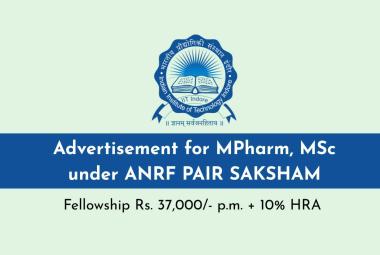Dosage form
1. Particle size
According to Noyes-Whitney’s equation,
dc/dt = ks(cs-c)
where, s = surface area
cs = equilibrium solubility
c = conc. of drug in bulk
k = constant
dc/dt = dissolution rate
The very simple criteria is, small the size of the particle, large is the surface area, and faster is the dissolution and faster is the absorption.
Some drugs are not expected to be absorbed into the body like anthelmentic such as bephenium hydroxynapthoate, the particle size is large to reduce absorption.
The tablet containing lumps of the active constituent can’t be dissolved, even on prolong contact with gastric and intestinal juices and hence poorly absorbed.
The drugs like griseofulvin, corticosteroids, chloramphenicol can be absorbed at faster rate if particle size is small. The hydrophobic powders are forming aggregates if present as smaller size and can’t be absorbed. But some drugs like aspirin; if the small particle size is used, it facilitates absorption rate rapidly, but it also increases the rate of hydrolysis in GIT.
2. Disintegration and dissolution rate:
Disintegration means break down of the tablet or capsules into granules which are again disintegrate into small particles.
This particle goes into the solution called as dissolution.
If the disintegration is faster then dissolution is also faster and thus a drug can be absorbed at a faster rate.
Absorption rate: solution > suspension > powder > capsule > compressed tablet > coated tablet.
3. Formulation
The drugs are not given directly in the powder form mostly but they are converted to suitable pharmaceutical formulation which favours the dissolution faster than any other form, or some time the slow absorption is also required.
Capsules are designed in such a way that it remains more time / hours after ingestion and delay the absorption and same mechanism is followed by coated tablets. Some time a mixture of drug containing faster or slower released particles is given which produce faster but sustained absorption.
Some inert substances interfere with the rate of absorption of actual drug. These substances are lactose, calcium, starch etc.
For example: calcium and magnesium reduce the absorption of tetracyclines.
The influence of formulation on the activity of drug is called as biopharmaceutics.









